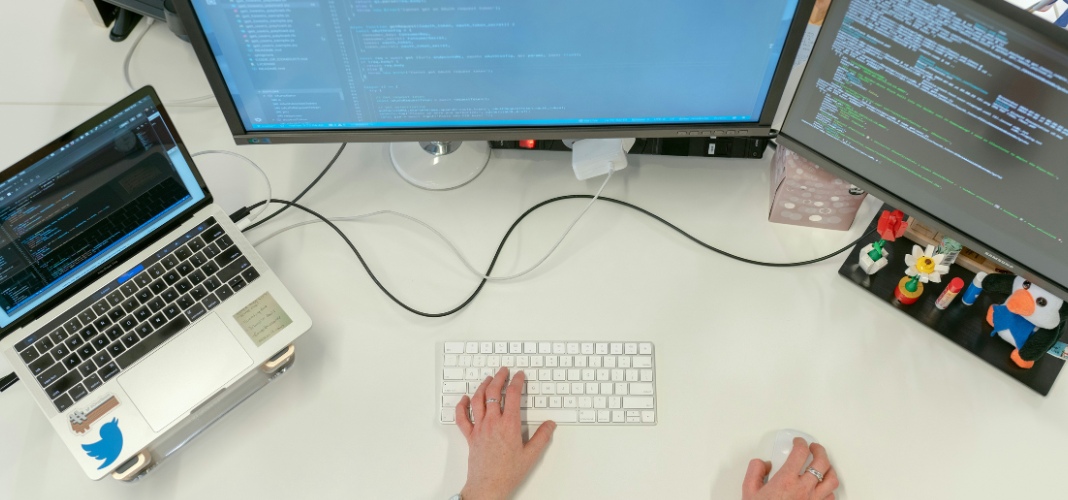Your plan to leverage AI to drive operational efficiency might face an unusual competitor: AI cyberthreats. An increasingly digital world implies AI cyberthreats are rapidly evolving, posing new challenges to organizations and individuals alike.
But how does AI help in combating cyberthreats, and what makes these threats so dangerous?
Also Read: Is AI Taking Over Understanding Ethical Boundaries in Automation
Explore how AI cybersecurity can be leveraged to battle AI cyberthreats.
Cybercriminals are leveraging artificial intelligence to create smarter and more sophisticated attacks, forcing cybersecurity professionals to adapt with innovative solutions.
Rise of AI Cyberthreats
They are automated attacks powered by artificial intelligence that enable malicious actors to conduct cyberattacks faster and with greater precision.
Unlike traditional cyberattacks, AI-driven threats can learn from past breaches, adapt to countermeasures, and scale attacks in real-time.
These threats include AI-driven malware, phishing schemes, and even deepfake-based attacks that can deceive individuals or organizations into providing sensitive information.
One key aspect of AI cyberthreats is their ability to bypass traditional security measures. For example, AI-powered malware can adapt to antivirus software and change its behavior to avoid detection. This makes it harder for cybersecurity systems to catch the threat before it causes damage.
Additionally, AI is being used in botnets that are designed to launch massive, distributed denial-of-service (DDoS) attacks, overwhelming systems with traffic and rendering them unusable.
AI Cybersecurity: A Modern Defense Strategy
To fight against these growing threats, cybersecurity experts are turning to artificial intelligence to build more advanced defense mechanisms.
AI in cybersecurity involves using ML and data analytics to detect unusual activity, predict potential threats, and automate responses.
These AI systems can identify patterns and anomalies in network traffic, helping to flag potential threats before they escalate into full-blown attacks.
An effective AI-powered solution is threat intelligence platforms analyzing real-time data to detect early signs of cyberthreats. This predictive approach helps cybersecurity teams proactively reduce the risk of attacks.
Additionally, AI can automate incident response by swiftly containing breaches, like isolating infected systems or blocking malicious IP addresses, reducing damage from attacks and countering AI-driven threats effectively.
Conclusion: AI Cyberthreats vs. AI Cybersecurity
The battle between AI cyberthreats and AI-powered cybersecurity is just beginning. As malicious actors continue to refine their use of artificial intelligence to exploit vulnerabilities, cybersecurity professionals must stay ahead by integrating AI-driven defense solutions.
By leveraging the power of AI, we can outsmart cybercriminals and build safer, more resilient networks.


